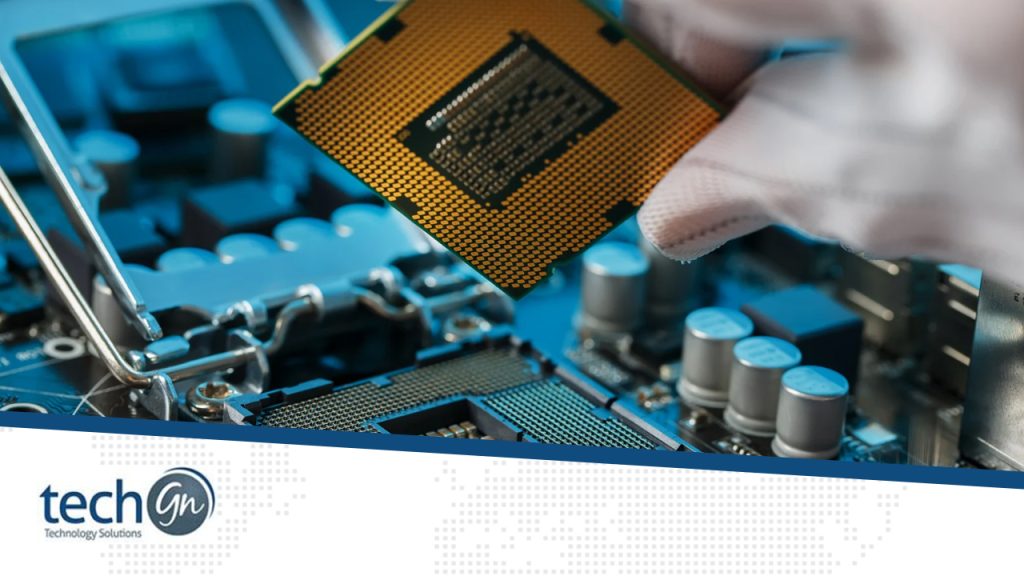Our reliance on hardware—from computers and smartphones to servers and networking equipment—is more critical than ever. Ensuring that your hardware lasts as long as possible not only saves money but also reduces environmental waste. Here are some comprehensive tips to help you maintain and optimize the lifespan of your hardware.
Regular Cleaning and Dust Management
Dust is one of the primary enemies of electronic hardware. It can clog vents, fans, and heat sinks, leading to overheating and reduced performance. Regular cleaning is crucial to prevent this.Environment Control
Keep your hardware in a clean, dust-free environment. Consider using air purifiers and maintaining a consistent temperature to reduce dust accumulation.Proper Tools
Invest in a set of anti-static brushes and microfiber cloths. These are essential for cleaning delicate components without causing damage.Scheduled Cleaning
Set a schedule to clean your hardware, ideally every three to six months. Use compressed air to blow out dust from keyboards, vents, and internal components.Optimal Operating Conditions
Maintaining optimal operating conditions for your hardware can significantly extend its lifespan. Here are some key factors to consider:
Power Supply Management
Use a high-quality surge protector or an uninterruptible power supply (UPS) to protect against power surges and outages, which can damage sensitive electronics.Humidity Levels
Excessive humidity can cause corrosion, while too little can lead to static electricity buildup. Aim to maintain a relative humidity level between 30% and 50%.Temperature Control
High temperatures can degrade components over time. Ensure adequate ventilation and consider additional cooling solutions like extra fans or liquid cooling systems for high-performance machines.Regular Software Updates and Maintenance
Keeping software updated is just as important as hardware maintenance. Outdated software can lead to inefficiencies and potential hardware strain.
- Firmware Updates: Regularly check for and install firmware updates for your hardware. These updates can improve performance and fix bugs that may cause hardware issues.
- Operating System Maintenance: Keep your operating system and drivers up to date to ensure compatibility and efficiency. Regularly defragment your hard drive (if using HDD) and clean up unnecessary files to optimize performance.
- Antivirus and Malware Protection: Use reputable antivirus software to protect your system from malicious attacks that can cause hardware strain and data loss.
Proper Handling and Usage
How you handle and use your hardware can significantly impact its longevity. Follow these best practices to ensure proper usage:
- Gentle Handling: Avoid rough handling of devices. For laptops and mobile devices, use protective cases and avoid dropping or jarring them.
- Safe Transportation: When transporting hardware, especially larger items like desktops or servers, use appropriate packaging to prevent damage. Anti-static bags and padded cases are recommended.
- Avoid Overloading: Don’t overload power strips and USB ports. Overloading can cause overheating and reduce the lifespan of ports and connectors.
Proactive Hardware Upgrades
Sometimes, the best way to extend the lifespan of your hardware is through proactive upgrades. This can help you avoid the strain on older components and keep your system running smoothly.
- Memory Upgrades: Adding more RAM can improve performance and reduce the strain on your hard drive, especially if your system is regularly running out of memory.
- Storage Solutions: Consider upgrading to a Solid-State Drive (SSD) if you’re still using a Hard Disk Drive (HDD). SSDs are faster, more reliable, and have no moving parts, making them less prone to failure.
- Peripheral Replacements: Keyboards, mice, and monitors often wear out before the main system. Replacing these peripherals periodically can improve your overall computing experience and reduce wear on the main hardware components.
Monitoring and Diagnostics
Regular monitoring and diagnostics can help you identify potential issues before they become serious problems.
- Monitoring Software: Use hardware monitoring software to keep track of temperatures, fan speeds, and power usage. This can help you catch issues like overheating or failing fans early.
- Regular Diagnostics: Run regular diagnostic tests to check the health of your hardware components. Many systems have built-in diagnostic tools, and there are also third-party options available.
- Professional Maintenance: If you’re not comfortable performing hardware maintenance yourself, consider hiring a professional. Regular check-ups by a technician can identify and fix issues that you might miss.
Bottom Line
By following these tips and maintaining a proactive approach to hardware care, you can significantly extend the lifespan of your electronic devices. Regular cleaning, optimal operating conditions, timely software updates, careful handling, proactive upgrades, and regular monitoring are all crucial components of a comprehensive hardware maintenance strategy. Not only will these practices save you money in the long run, but they will also contribute to a more sustainable and environmentally friendly approach to technology use.Reviews
Tailoring Solutions


